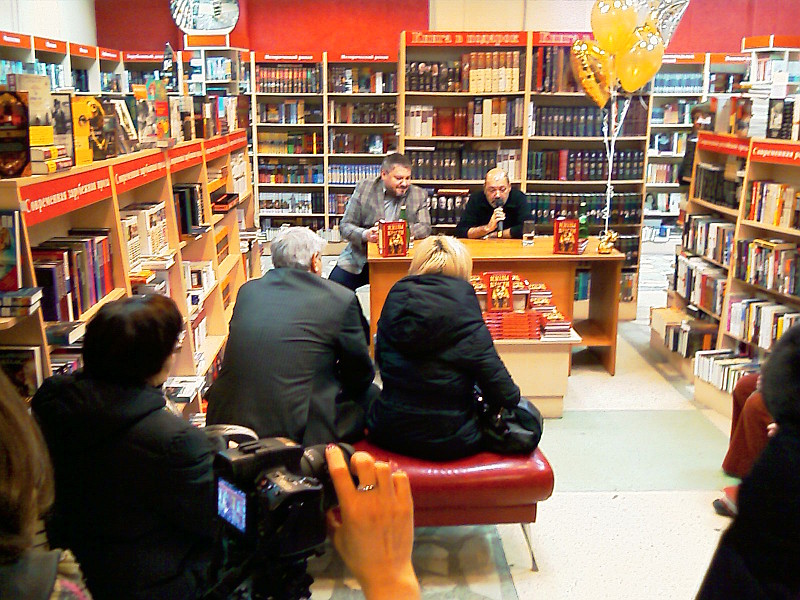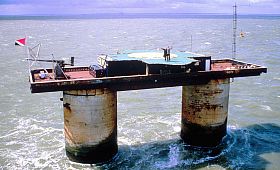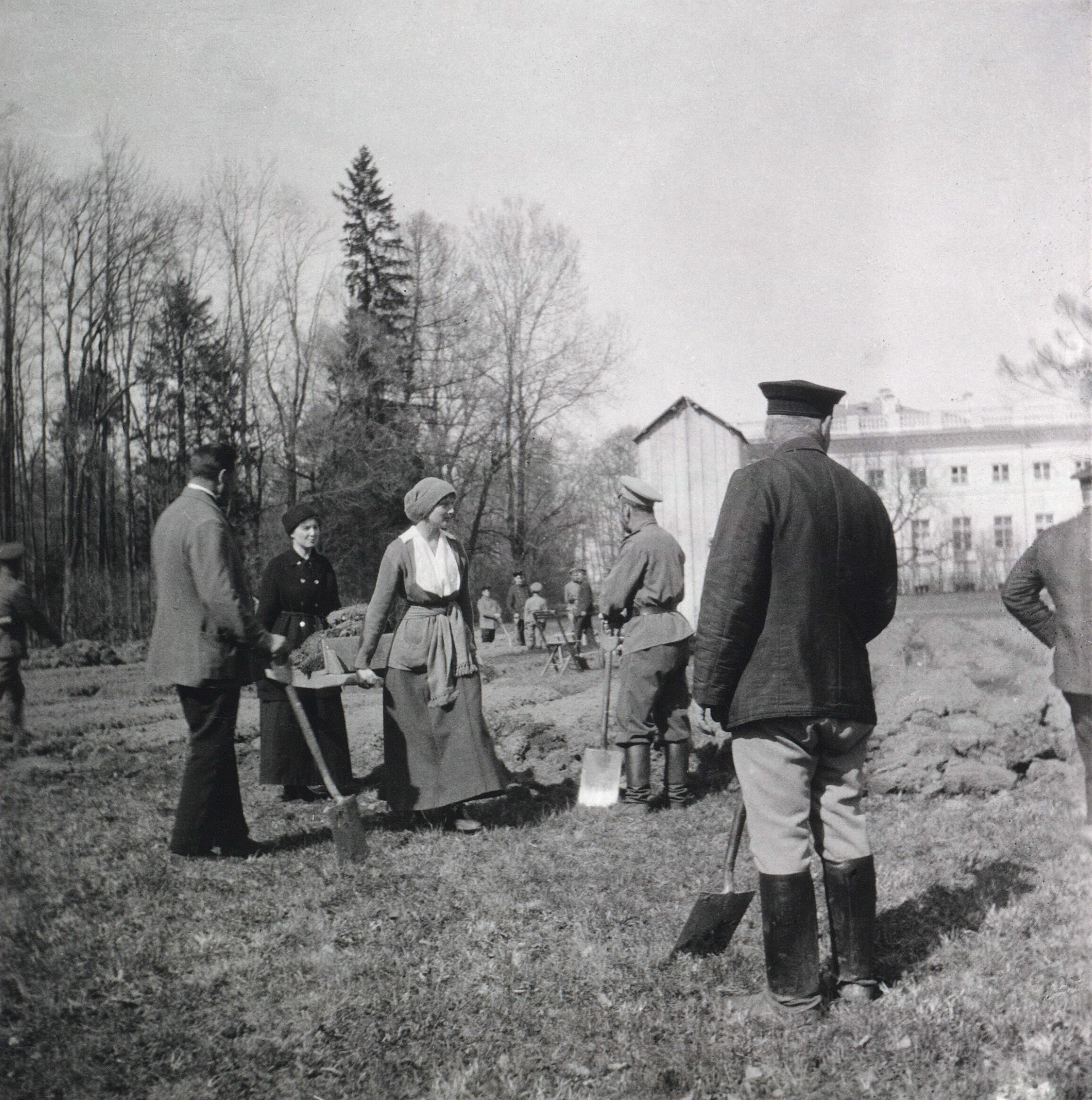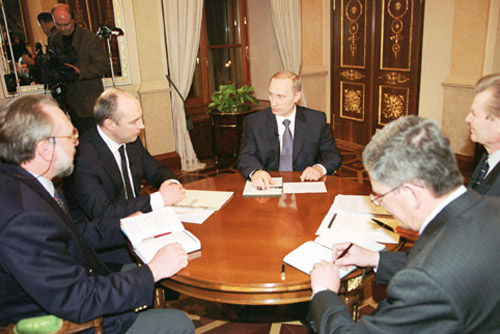|
Monarchist Party Of Russia
The Monarchist Party of Russia ( Russian: ''Монархическая партия Российской Федерации'') is a monarchist political party that was created in 2012 by prominent politician and businessman Anton Bakov, a former member of Russia's State Duma. It declares its aim as the restoration of the monarchy in the country, while transforming it into a modern constitutional one "with full accordance to democratic procedures and current laws", as well as promoting the monarchist conception among Russians and other people of the world. Founding and registration The Monarchist Party's founding convention took place on April 7, 2012. ''Kommersant'' reported that 1,000 members joined up. The Russian Ministry of Justice registered and licensed the party in 2012. By February 2013, members had organized 47 regional offices, exceeding the necessary limit to participate in regional elections. [...More Info...] [...Related Items...] OR: [Wikipedia] [Google] [Baidu] |
Logo Of The Monarchist Party Of Russia
A logo (abbreviation of logotype; ) is a graphic mark, emblem, or symbol used to aid and promote public identification and recognition. It may be of an abstract or figurative design or include the text of the name it represents as in a wordmark. In the days of hot metal typesetting, a logotype was one word cast as a single piece of type (e.g. "The" in ATF Garamond), as opposed to a ligature, which is two or more letters joined, but not forming a word. By extension, the term was also used for a uniquely set and arranged typeface or colophon. At the level of mass communication and in common usage, a company's logo is today often synonymous with its trademark or brand.Wheeler, Alina. ''Designing Brand Identity'' © 2006 John Wiley & Sons, Inc. (page 4) Etymology Douglas Harper's Online Etymology Dictionary states that the term 'logo' used in 1937 "probably a shortening of logogram". History Numerous inventions and techniques have contributed to the contemporary logo, in ... [...More Info...] [...Related Items...] OR: [Wikipedia] [Google] [Baidu] |
State Duma
The State Duma (russian: Госуда́рственная ду́ма, r=Gosudárstvennaja dúma), commonly abbreviated in Russian as Gosduma ( rus, Госду́ма), is the lower house of the Federal Assembly of Russia, while the upper house is the Federation Council. The Duma headquarters are located in central Moscow, a few steps from Manege Square. Its members are referred to as deputies. The State Duma replaced the Supreme Soviet as a result of the new constitution introduced by Boris Yeltsin in the aftermath of the Russian constitutional crisis of 1993, and approved in a nationwide referendum. In the 2007 and 2011 Russian legislative elections a full party-list proportional representation with 7% electoral threshold system was used, but this was subsequently repealed. The legislature's term length was initially 2 years in the 1993–1995 elections period, and 4 years in 1999–2007 elections period; since the 2011 elections the term length is 5 years. History Ear ... [...More Info...] [...Related Items...] OR: [Wikipedia] [Google] [Baidu] |
Antarctica
Antarctica () is Earth's southernmost and least-populated continent. Situated almost entirely south of the Antarctic Circle and surrounded by the Southern Ocean, it contains the geographic South Pole. Antarctica is the fifth-largest continent, being about 40% larger than Europe, and has an area of . Most of Antarctica is covered by the Antarctic ice sheet, with an average thickness of . Antarctica is, on average, the coldest, driest, and windiest of the continents, and it has the highest average elevation. It is mainly a polar desert, with annual precipitation of over along the coast and far less inland. About 70% of the world's freshwater reserves are frozen in Antarctica, which, if melted, would raise global sea levels by almost . Antarctica holds the record for the lowest measured temperature on Earth, . The coastal regions can reach temperatures over in summer. Native species of animals include mites, nematodes, penguins, seals and tardigrades. Where ve ... [...More Info...] [...Related Items...] OR: [Wikipedia] [Google] [Baidu] |
Suwarrow
200px, Map of Cook Islands with Suwarrow near the middle Suwarrow (also called Suvorov, Suvarou, or Suvarov) is an island in the northern group of the Cook Islands in the south Pacific Ocean. It is about south of the equator and north-northwest of the capital island of Rarotonga. Geography 200px, Anchorage Island Suwarrow is a roughly quadrilateral-shaped coral atoll, in circumference, with over 20 small islets (motu) surrounding a central lagoon . Cyclones have often created storm surges which sweep over the atoll since its small component of land is extremely low-lying. Table of Islets History Although Suwarrow was inhabited by Polynesians during prehistory it was uninhabited when discovered by the Russian-American Company ship ''Suvorov'', which reportedly followed clouds of birds to the atoll on September 17, 1814. (The ship was named after Russian general Alexander Suvorov, who appears as "Suwarrow" in Lord Byron's epic poem ''Don Juan'' and also in Alaric Alexande ... [...More Info...] [...Related Items...] OR: [Wikipedia] [Google] [Baidu] |
Peter The Great
Peter I ( – ), most commonly known as Peter the Great,) or Pyotr Alekséyevich ( rus, Пётр Алексе́евич, p=ˈpʲɵtr ɐlʲɪˈksʲejɪvʲɪtɕ, , group=pron was a Russian monarch who ruled the Tsardom of Russia from to 1721 and subsequently the Russian Empire until his death in 1725, jointly ruling with his elder half-brother, Ivan V until 1696. He is primarily credited with the modernisation of the country, transforming it into a European power. Through a number of successful wars, he captured ports at Azov and the Baltic Sea, laying the groundwork for the Imperial Russian Navy, ending uncontested Swedish supremacy in the Baltic and beginning the Tsardom's expansion into a much larger empire that became a major European power. He led a cultural revolution that replaced some of the traditionalist and medieval social and political systems with ones that were modern, scientific, Westernised and based on the Enlightenment. Peter's reforms had a last ... [...More Info...] [...Related Items...] OR: [Wikipedia] [Google] [Baidu] |
Russian Empire
The Russian Empire was an empire and the final period of the Russian monarchy from 1721 to 1917, ruling across large parts of Eurasia. It succeeded the Tsardom of Russia following the Treaty of Nystad, which ended the Great Northern War. The rise of the Russian Empire coincided with the decline of neighbouring rival powers: the Swedish Empire, the Polish–Lithuanian Commonwealth, Qajar Iran, the Ottoman Empire, and Qing China. It also held colonies in North America between 1799 and 1867. Covering an area of approximately , it remains the third-largest empire in history, surpassed only by the British Empire and the Mongol Empire; it ruled over a population of 125.6 million people per the 1897 Russian census, which was the only census carried out during the entire imperial period. Owing to its geographic extent across three continents at its peak, it featured great ethnic, linguistic, religious, and economic diversity. From the 10th–17th centuries, the land ... [...More Info...] [...Related Items...] OR: [Wikipedia] [Google] [Baidu] |
Micronation
A micronation is a political entity whose members claim that they belong to an independent nation or sovereign state, but which lacks legal recognition by world governments or major international organizations. Micronations are classified separately from de facto states and quasi-states; they are also not considered to be autonomous nor self-governing as they lack the legal basis in international law for their existence. Micronations' activities are almost always trivial enough to be ignored rather than challenged by the established nations whose territory they claim—referred to in micronationalism as "macronations." Several micronations have issued coins, flags, postage stamps, passports, medals and other state-related items, some as a source of revenue. Motivations for the creation of micronations include theoretical experimentation, political protest, artistic expression, personal entertainment and the conduct of criminal activity. The study of micronationalism is kn ... [...More Info...] [...Related Items...] OR: [Wikipedia] [Google] [Baidu] |
Imperial Throne (Sovereign Nation)
The Romanov Empire (russian: Романовская Империя), also known as the Imperial Throne (russian: Императорский Престол), formerly the Russian Empire (Российская Империя), is a state proposed by Russian businessman and politician Anton Bakov as a re-creation of the Russian Empire. It would be led by Romanov heir Prince Karl Emich of Leiningen as Emperor Nicholas III, with Bakov serving as Archchancellor. By 2017, Bakov had alleged to have held talks with the heads of several countries in order to purchase a territory in which to establish a legitimate, "non-micro" state. These have included Montenegro, North Macedonia, Albania, The Gambia, Antigua and Barbuda, and Kiribati. In early 2017, it was reported that Bakov was interested in acquiring three Pacific islands belonging to Kiribati in order to establish a "revived Romanov Empire". [...More Info...] [...Related Items...] OR: [Wikipedia] [Google] [Baidu] |
Shooting Of The Romanov Family
The Russian Imperial Romanov family (Nicholas II of Russia, his wife Alexandra Feodorovna, and their five children: Olga, Tatiana, Maria, Anastasia, and Alexei) were shot and bayoneted to death by Bolshevik revolutionaries under Yakov Yurovsky on the orders of the Ural Regional Soviet in Yekaterinburg on the night of 16–17 July 1918. Also murdered that night were members of the imperial entourage who had accompanied them: court physician Eugene Botkin; lady-in-waiting Anna Demidova; footman Alexei Trupp; and head cook Ivan Kharitonov. The bodies were taken to the Koptyaki forest, where they were stripped, buried, and mutilated with grenades to prevent identification.Rappaport, p. 198. Following the February Revolution in 1917, the Romanovs and their servants had been imprisoned in the Alexander Palace before being moved to Tobolsk, Siberia, in the aftermath of the October Revolution. They were next moved to a house in Yekaterinburg, near the Ural Mountains before their ex ... [...More Info...] [...Related Items...] OR: [Wikipedia] [Google] [Baidu] |
Yekaterinburg
Yekaterinburg ( ; rus, Екатеринбург, p=jɪkətʲɪrʲɪnˈburk), alternatively romanized as Ekaterinburg and formerly known as Sverdlovsk ( rus, Свердло́вск, , svʲɪrˈdlofsk, 1924–1991), is a city and the administrative centre of Sverdlovsk Oblast and the Ural Federal District, Russia. The city is located on the Iset River between the Volga-Ural region and Siberia, with a population of roughly 1.5 million residents, up to 2.2 million residents in the urban agglomeration. Yekaterinburg is the fourth-largest city in Russia, the largest city in the Ural Federal District, and one of Russia's main cultural and industrial centres. Yekaterinburg has been dubbed the "Third capital of Russia", as it is ranked third by the size of its economy, culture, transportation and tourism. Yekaterinburg was founded on 18 November 1723 and named after the Russian emperor Peter the Great's wife, who after his death became Catherine I, Yekaterina being the Russian fo ... [...More Info...] [...Related Items...] OR: [Wikipedia] [Google] [Baidu] |
Moskovskij Komsomolets
''Moskovskij Komsomolets'' (russian: Московский комсомолец, lit=Moscow Komsomolets) is a Moscow-based daily newspaper with a circulation approaching one million, covering general news. Founded in 1919, it is famed for its topical reporting on Russian politics and society. History The newspaper was first published by the Moscow Committee of the Komsomol on 11 December 1919 as ''Yuny Kommunar'' (russian: Юный коммунар, lit=Young Communard, links=no). Over the next years it changed its name several time, starting a few months after the first issue when it became the ''Yunosheskaya Pravda'' (russian: Юношеская правда, lit=Youth Truth, links=no). In 1924, after Vladimir Lenin's death, it was renamed to ''Molodoy Leninets'' (russian: Молодой ленинец, lit=Young Leninist, links=no). It took its present-day name in September 1929. Between 1931 and 1939, the paper ceased publication. It was revived in 1940, but not for long: W ... [...More Info...] [...Related Items...] OR: [Wikipedia] [Google] [Baidu] |
Russian Ministry Of Justice
The Ministry of Justice of the Russian Federation (russian: Министе́рство юсти́ции Росси́йской Федера́ции, Миню́ст Росси́и) is a ministry of the Government of Russia responsible for the legal system and penal system. The Ministry of Justice is the federal authority for operating Russia's courts and correctional services with enforcement by two subordinate executive federal agencies: the Federal Bailiffs Service (FSSP) and the Federal Penitentiary Service (FSIN). The Ministry of Justice is headquartered at Zhitnaya Street 14 in Yakimanka District, Central Administrative Okrug, Moscow. The Ministry of Justice was founded in 1991 by renaming of the Ministry of Justice of the Russian SFSR following the dissolution of the Soviet Union, but claims succession from the Ministry of Justice of the Russian Empire founded in 1802. Konstantin Chuychenko has been the Minister of Justice since 21 January 2020. Functions According to t ... [...More Info...] [...Related Items...] OR: [Wikipedia] [Google] [Baidu] |








